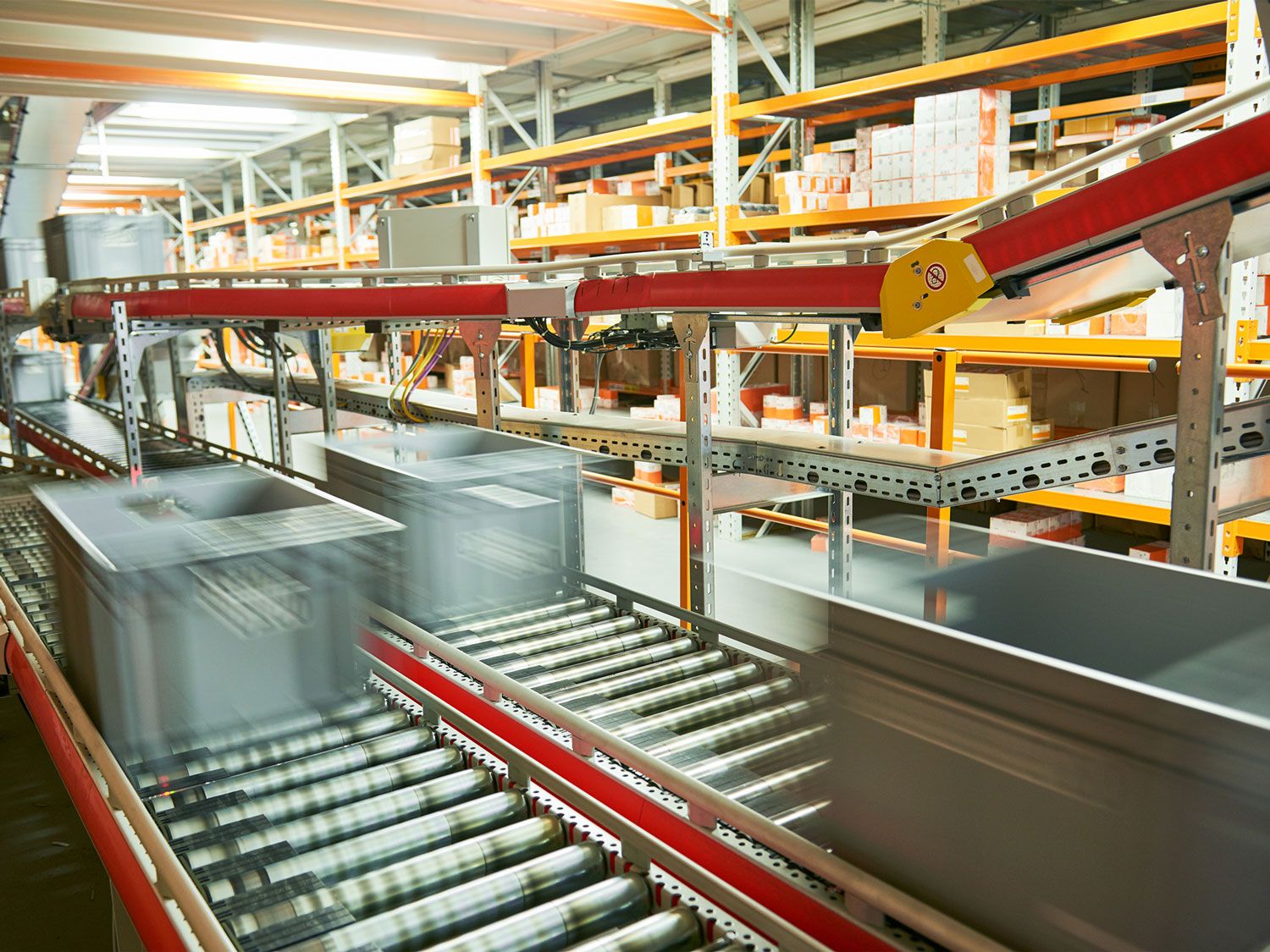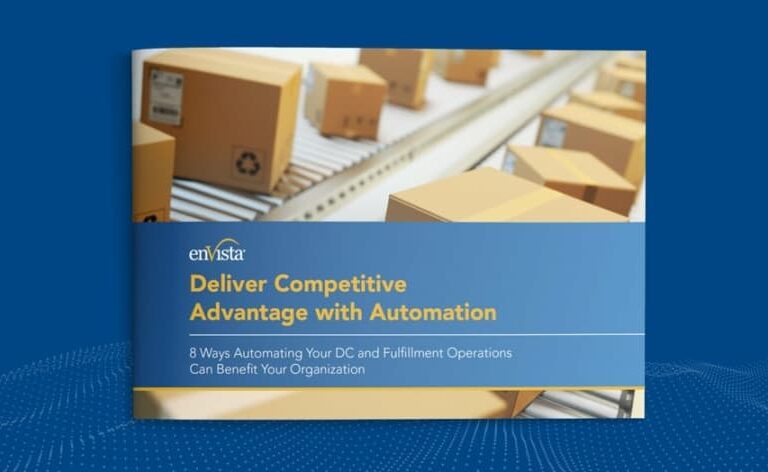Businesses today are increasingly asking themselves whether or not they should automate their distribution centers (DCs). With technological advancements offering opportunities for efficiency and productivity, it’s essential to explore the intricacies and considerations involved in making this decision.
What is Supply Chain Automation & Why is It Important to Businesses?
Supply chain automation is a way of carrying out supply chain tasks with as minimal human intervention as possible. Automated technologies like AI, machine learning, robotic systems and digital process automation improve inventory management, increase scalability and make supply chains more resilient when disruptions arise.
Supply Chain Automation Benefits
Key benefits of supply chain automation include:
- Increased productivity and efficiency: Automated systems can perform repetitive tasks consistently, minimizing process bottlenecks and optimizing operational efficiency.
- Improved accuracy and order fulfillment: Warehouse automation can ensure precise picking, sorting and packing—reducing the risk of errors and improving order fulfillment accuracy.
- Reduction in labor costs: Supply chain automation reduces dependence on manual labor, leading to cost savings.
- Enhanced safety and risk management: Automating potentially hazardous tasks can help mitigate risks associated with manual handling and improve overall risk management.
Addressing Concerns Regarding Supply Chain Automation
Increasing conversation about supply chain automation have led to concerns about safety and job security, especially among warehouse employees. However, when correctly implemented, automation can improve safety by reducing the risk of occupational injuries and freeing employees from high-risk jobs, such as moving heavy objects or working close to dangerous machinery.
Automation also creates new job opportunities, although they may require a different skillset. Companies can help alleviate apprehension by offering training and educating employees about the value of supply chain automation tools. Helping existing workers transition to new knowledge-based jobs or to work alongside self-guided robots benefits everyone.
Trends in Supply Chain Automation
Technologies such as software, AI and self-guided robots are rapidly advancing, offering new possibilities for streamlining operations. Machine learning is the future of supply chain automation, as these systems can process data in real time, feed it to digital twins and push alerts to improve safety and efficiency in your warehouse
From piece picking to shelf retrieval, automation solutions are diversifying, and AI-powered supply chains are helping organizations across various industries improve their agility, efficiency and speed.
Understanding the Landscape
One of the primary considerations highlighted is the alignment of automation with organizational goals. While the allure of cutting-edge technology may be compelling, it’s crucial to assess their feasibility and affordability in your organization. The transition to automation must prioritize low investment and high success to ensure both management and workers can adapt comfortably.
Selecting Partnerships
Choosing the right partner for your automation initiatives is pivotal. Accessibility to sales staff and the ability to tailor solutions to your specific needs are crucial. Having transparency and honesty in assessing the suitability of partner technologies for your organization will ensure you are equipped with the most appropriate solutions for your requirements.
ROI and Workforce Concerns
Ensuring a tangible return on investment over time is paramount for companies considering automation. By understanding manual processes and setting clear expectations for speed and customer service, businesses can quantify its benefits. Addressing workforce concerns and providing opportunities for education and upskilling are also essential for fostering a harmonious transition toward automation.
While integrating automation into distribution centers presents numerous challenges and considerations, the potential benefits are undeniable. By navigating the roadmap with careful planning, strategic partnerships and a commitment to addressing workforce concerns, companies can unlock new levels of efficiency and competitiveness in an increasingly automated world.
Want to learn more? Contact us to schedule a meeting with one of our supply chain consultants and learn how our solutions can help you automate your warehouse workflows.





